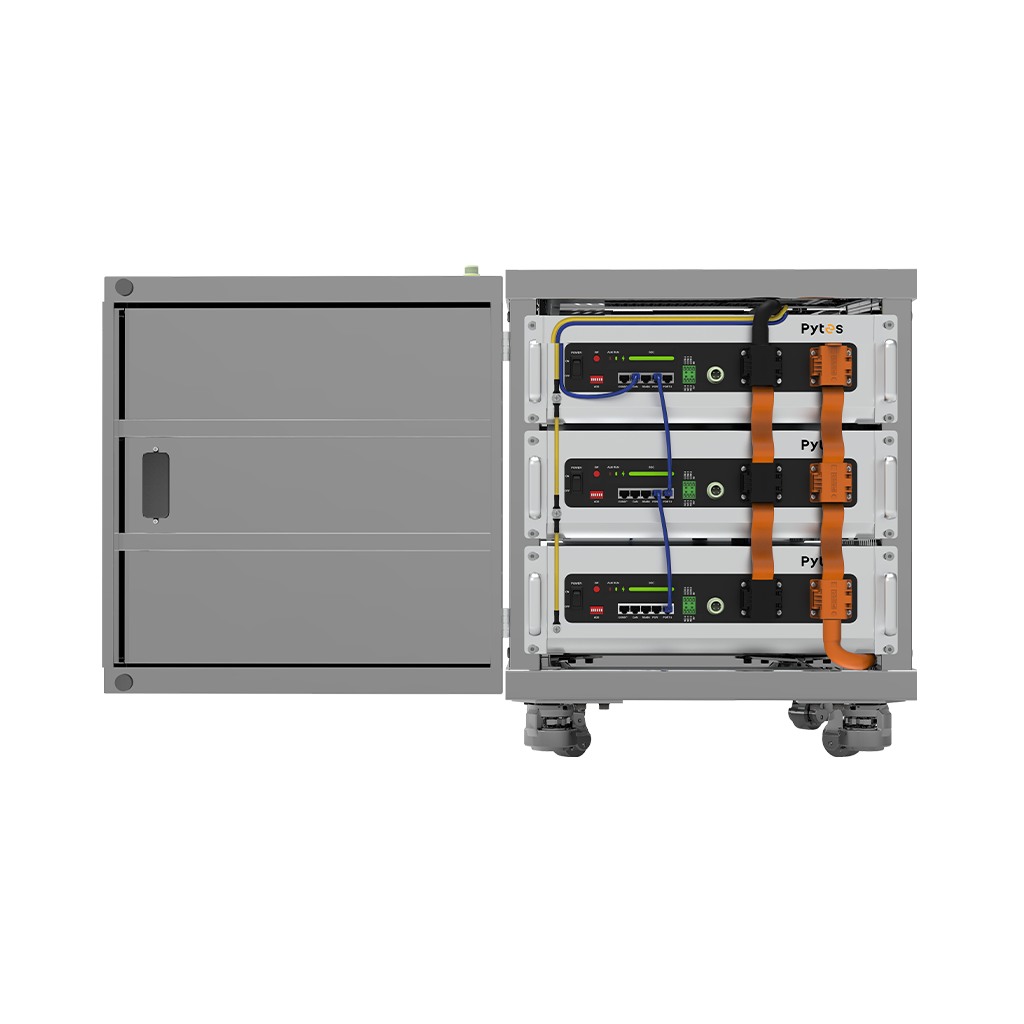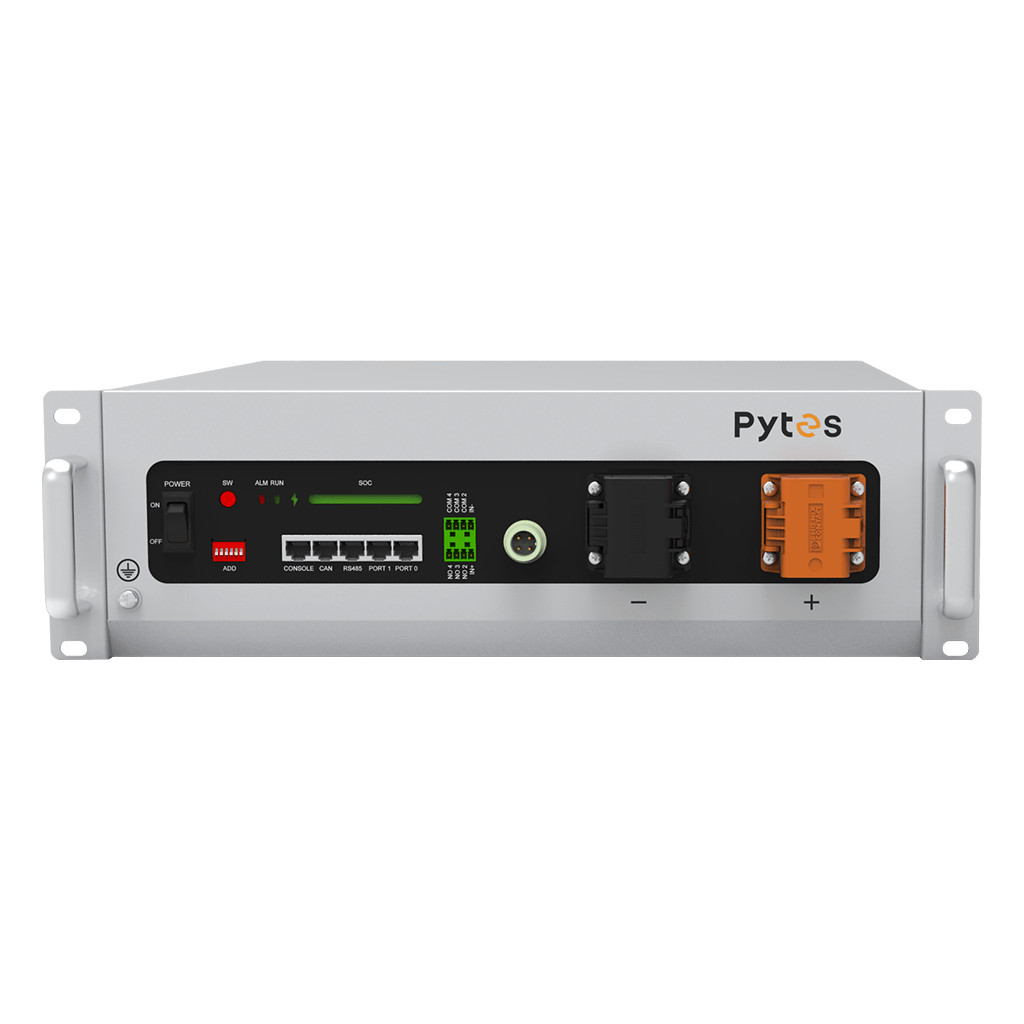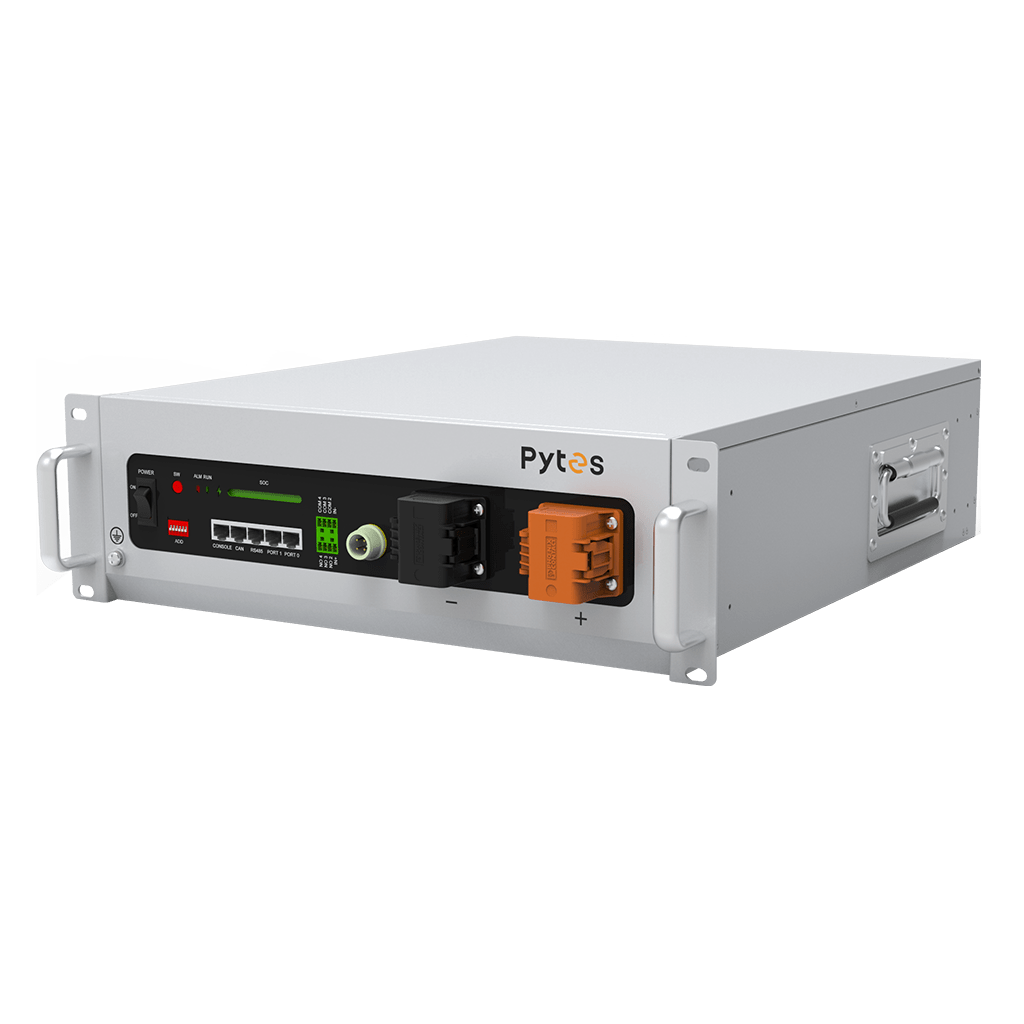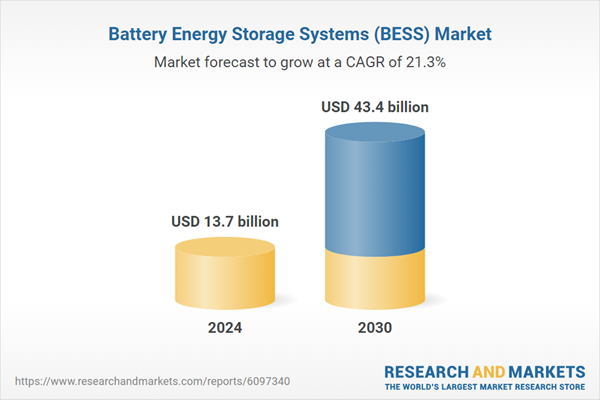In recent years, the use of home battery backup systems has become increasingly popular. With the rise of renewable energy sources like solar power, homeowners are looking for ways to store excess energy and ensure uninterrupted power supply during outages. One type of battery that has gained significant attention is the Lithium Iron Phosphate (LFP) battery, known for its high energy density, impressive lifespan, and safety features. In this blog post, we will delve into the factors that determine the number of LFP batteries required for an efficient home battery backup system.
Lithium iron phosphate (LFP) batteries are a type of lithium-ion battery that offer several advantages over traditional lead-acid batteries. For example, PYTES lithium iron phosphate battery - a new type of lithium iron phosphate battery-V5°.
V5° is a new rechargeable lithium iron phosphate battery developed and manufactured by PYTES for use in solar battery storage systems. It is commonly used in home energy storage systems and is known for its high energy density, long cycle life and safety.
Compared with other types of batteries, such as lead-acid batteries and nickel-cadmium batteries, PYTES lithium iron phosphate batteries are more environmentally friendly and have a lower risk of fire or explosion. They are also more efficient at storing and releasing energy, making them a popular choice for home energy storage systems.

One of the main features of PYTES LFP batteries is their high performance. It can handle up to 100A charge and discharge and 75A continuous charge and discharge, ensuring that your home always has a reliable power supply.
self heating
Another feature of the new lithium iron phosphate battery is its self-heating capability. Heating can be automatically started in cold environments to ensure normal use and battery life. This is especially useful for homeowners who live in colder climates and want to ensure that their battery system is always running optimally.
Can be expanded according to needs
The new LFP cells can also be expanded based on demand. It can be expanded to a maximum of 430.08kWh (with hub), and a group can support up to 14 units in parallel. This means homeowners can easily add more battery units as energy needs grow without having to replace the entire system.
Intelligent monitoring function
The new LFP battery features intelligent monitoring and control features, allowing homeowners to optimize their energy use.

1. Energy Consumption:
The first step in determining the number of LFP batteries needed for your home battery backup system is to understand your energy consumption. Begin by analyzing your monthly electricity bills to determine the average daily kilowatt-hour (kWh) usage. This figure will serve as a baseline for calculating your battery capacity requirements.
2. Desired Backup Duration:
The next consideration is how long you want your backup system to sustain your energy requirements during a power outage. This duration can vary depending on personal preferences and circumstances. For example, some homeowners may aim for a few hours of backup power, while others may require several days. Determine your desired backup duration, keeping in mind factors like weather conditions and the likelihood of extended outages in your area.
3. Battery Capacity:
Once you have an idea of your energy consumption and desired backup duration, you can calculate the required battery capacity. Battery capacity is typically measured in kilowatt-hours (kWh) and represents the total amount of energy a battery can provide. To calculate the required capacity, multiply your average daily kWh usage by the desired backup duration.
4. Battery Efficiency and Depth of Discharge (DoD):
It's important to consider the efficiency and depth of discharge (DoD) of your LFP batteries. Battery efficiency refers to the percentage of energy you can use from the total capacity without significant energy loss. For LFP batteries, efficiency is usually around 95-98%. The DoD determines how much of the battery's total capacity can be utilized without compromising its lifespan. It is recommended to keep the DoD of LFP batteries between 20% to 80% for optimal performance and longevity.
5. Battery Voltage and Configuration
The voltage of an LFP battery depends on your specific needs and the configuration of your home's electrical system. Common voltage ranges for residential settings are 12V to 48V. The higher the system voltage, the fewer batteries needed to achieve the required capacity because it allows series connection. However, to ensure that the battery voltage you choose meets your existing equipment and electrical requirements, you are welcome to contact PYTES before installation and configuration, and our professional technicians will provide you with professional help.

Designing a home battery backup system with LFP batteries requires careful consideration of factors such as energy consumption, desired backup duration, battery capacity, efficiency, DoD, and system voltage. By evaluating these elements and accurately calculating your specific requirements, you can determine the number of LFP batteries needed to effectively power your home during outages.
At PYTES (USA) Energy, Inc., with over 10 years of industry experience, we have developed a wealth of knowledge and expertise in providing reliable, efficient energy solutions to our customers. Our ongoing support and technology help people save money and respond to outages with confidence.
Contact us to learn more about our battery products and how they can benefit you.
Email: pytesusa@pytesgroup.com


